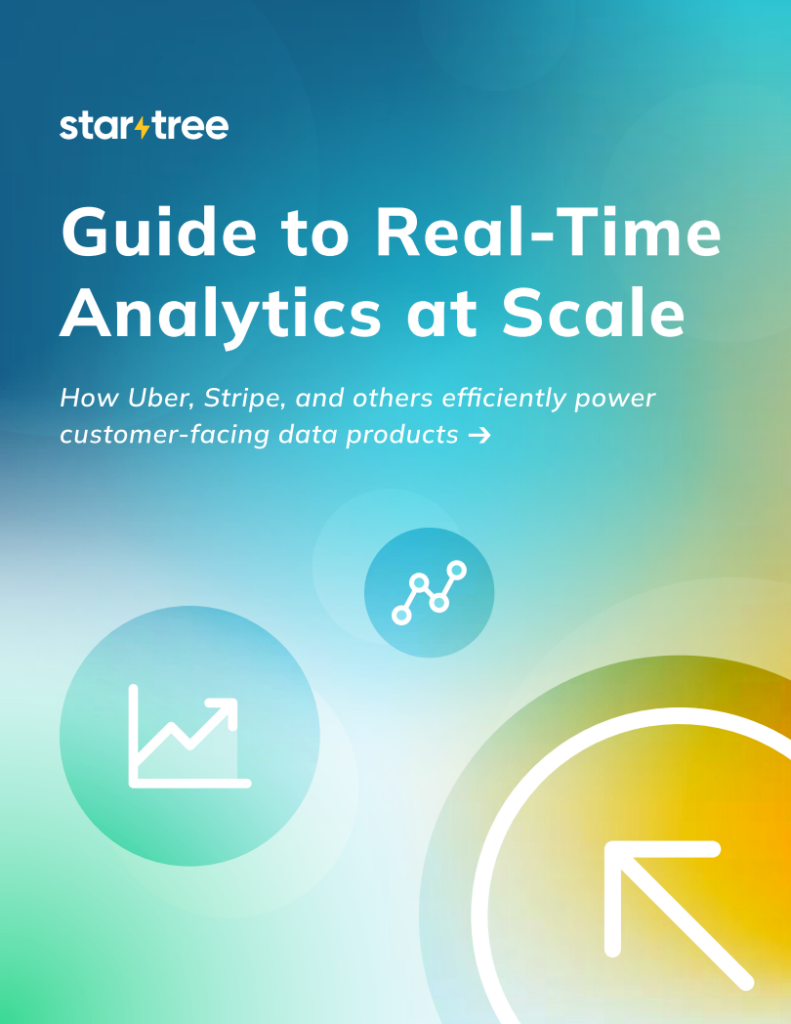Modern enterprises need deployment flexibility to navigate a diverse landscape of customer demands, compliance requirements, and operational models. This flexibility rests on three critical dimensions:
- Which cloud provider?
- Which deployment model?
- Which tenancy model?

Let’s unpack each of these.
1. Which Cloud Provider? AWS, GCP, or Azure?
Choosing a cloud provider is often the first strategic decision enterprises make when designing their deployment architecture. Each provider offers distinct advantages:
- AWS: Known for its breadth of services and global footprint, AWS is ideal for enterprises seeking mature tooling and wide geographic availability.
- Google Cloud (GCP): Strong in data analytics and AI/ML, GCP appeals to companies with data-intensive workloads or deep integrations with the Google ecosystem.
- Microsoft Azure: A natural choice for organizations already invested in Microsoft technologies like Active Directory, Office 365, or Windows Server.
Factors influencing this choice include regional availability, compliance needs (such as GDPR or HIPAA), cost structures, and integration with existing IT investments.
2. Which Deployment Model? Public SaaS, Private SaaS, or On-Prem?
Enterprises must also decide how software is delivered:
- Public SaaS: Ideal for speed, scalability, and cost efficiency. It requires minimal infrastructure management and is well-suited for general-purpose business applications.
- Private SaaS: Offers the benefits of SaaS—like managed updates and elasticity—but in a dedicated environment, typically in the customer’s cloud account. It allows greater control over customization, integration, and data residency.
- On-Prem: Still essential for industries with strict regulatory requirements or latency-sensitive workloads. On-prem deployments offer complete control over infrastructure and data, albeit with higher operational overhead.
3. Which Tenancy Model? Multi-Tenant vs. Dedicated Tenant?
Tenancy affects how resources are isolated between customers or internal teams:
- Multi-Tenant: Multiple customers (or internal users) share the same instance of the application. This model is cost-efficient and easier to scale but may have limitations in customization, performance isolation, or compliance.
- Dedicated Tenant: Each customer or business unit gets its own instance. While this model is more resource-intensive, it provides stronger isolation, better performance guarantees, and often meets stricter regulatory or security requirements.
Why These Choices Matter
By making intentional choices across cloud provider, deployment model, and tenancy architecture, enterprises can:
- Align software infrastructure with business and compliance goals
- Scale globally without sacrificing control
- Optimize performance, cost, and security based on specific workload needs
This level of flexibility transforms software deployment from a technical necessity into a strategic enabler of innovation.
Choices evolve over time
Many enterprises begin with a specific deployment footprint and evolve it as their needs mature. For instance, a digital retail startup might initially deploy a cloud service as a public SaaS solution on AWS in a multi-tenant configuration to minimize operational overhead and accelerate product delivery. As the business grows and begins handling sensitive customer behavior data, they may shift to a dedicated tenant model to isolate workloads and meet compliance requirements like SOC 2 or HIPAA. Later, as they expand into Europe and face GDPR and data residency obligations, they might adopt a private SaaS deployment on Azure’s EU regions for their European operations. In highly regulated sectors like finance, a customer might start with a private SaaS deployment on GCP, then bring the solution on-prem for certain internal audit workflows or real-time risk scoring systems.
An ideal platform is one that can meet the customer in their journey—from low-friction to high-control. This is exactly the kind of flexibility StarTree Cloud is built to support.
Startree Cloud’s deployment flexibility
StarTree Cloud is a real-time analytics platform designed to deliver low latency, lightning fast insights to modern enterprises at a very high scale.

At StarTree, we’ve witnessed firsthand how traditional “one-size-fits-all” approaches create limitations as businesses scale and evolve. StarTree Cloud is purpose-built to offer maximum flexibility across these three dimensions—enabling organizations to align real-time analytics infrastructure with their unique operational, regulatory, and business needs.
Let’s take a closer look at how StarTree Cloud delivers this flexibility in practice.
1. Cloud Provider Flexibility: Run on Your Cloud of Choice
StarTree Cloud supports all major cloud platforms—AWS, GCP, and Azure—giving enterprises the freedom to deploy where it makes the most sense.
- Already standardized on AWS? StarTree seamlessly integrates with your existing VPCs and IAM policies.
- Building analytical applications on GCP? Our support for Google-native services (including ingestion from BigQuery and GCS) makes integration frictionless.
- Heavily invested in Microsoft Azure? We’ve got you covered with native Azure integration for networking, identity, and storage.
Whether you’re a single-cloud shop or a multi-cloud enterprise, StarTree ensures you never have to compromise on provider alignment or regional presence.
2. Deployment Model Flexibility: Public SaaS, Private SaaS, or On-Prem?
StarTree Cloud offers deployment models tailored to varying degrees of control, customization, and compliance:
- Public SaaS: Get started in minutes with our fully managed, StarTree Cloud service. Ideal for organizations that want zero ops overhead and rapid time-to-value.
- Private SaaS: For customers needing dedicated infrastructure and deeper integration with enterprise systems, we offer a Bring Your Own Cloud (BYOC) model with VPC peering, custom SLAs, and enhanced observability. In this case, the entire software stack is deployed in the customer’s cloud account and data never leaves their governance boundary
- On-Prem: In highly regulated environments, StarTree can be deployed behind your firewall—offering full control while still leveraging the power of real-time analytics with Apache Pinot™. We call this the Bring Your Own Kubernetes (BYOK) model wherein the customer can deploy the entire stack in an existing Kubernetes cluster. This can be done in a given cloud provider (eg: Amazon EKS) or in a self-managed Kubernetes cluster on baremetal.
This flexibility ensures that StarTree adapts to your constraints—not the other way around.
3. Tenancy Flexibility: Multi-Tenant or Dedicated Tenant
Once a StarTree Cloud environment is provisioned, the customer can further customize the tenancy for their users:
- Multi-Tenant Architecture: Efficient, elastic, and perfect for shared-use scenarios with logically isolated resources.
- Dedicated Tenant Architecture: Compute and storage resources are dedicated to the users of this tenant. Ideal for hosting mission-critical applications or dashboards.
Customers can choose one or the other or sometimes even opt for both: Dedicated tenants for critical use cases and multi-tenant architecture for everything else.
Modular Architecture for Scalable Flexibility
StarTree Cloud has been designed with flexibility as a core requirement. Prominent features of this architecture include:
- Comprehensive security posture: No inbound connections into the data plane
- Versioned configuration changes that are audited and applied in a safe manner
- Modular, safer upgrades: Done at a component level
- Enhanced data plane features: Support for heterogeneous clusters, logical workspaces and RBAC on by default

Conclusion
Flexibility is no longer a luxury—it’s a mandate for modern enterprises managing real-time data infrastructure. With support for all major cloud providers, multiple deployment models, and both multi-tenant and dedicated architectures, StarTree Cloud gives you the tools to deploy real-time analytics your way.
Whether you’re building a data product from scratch or modernizing an existing platform, StarTree helps you move fast, stay compliant, and scale confidently.


